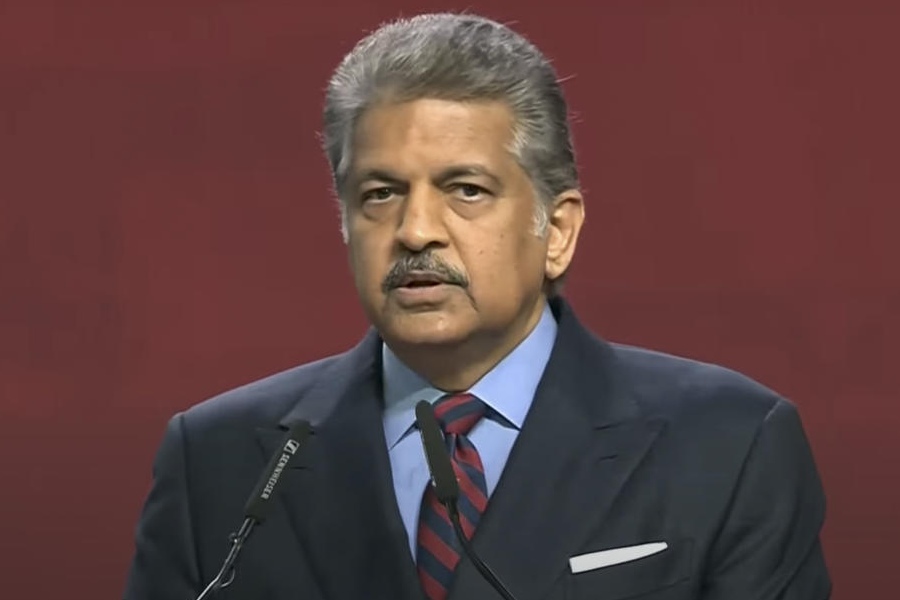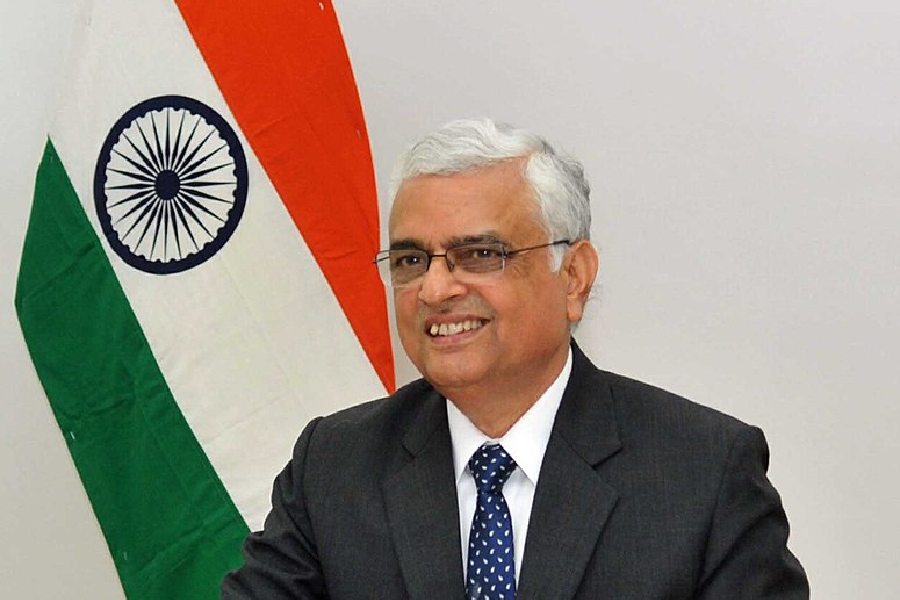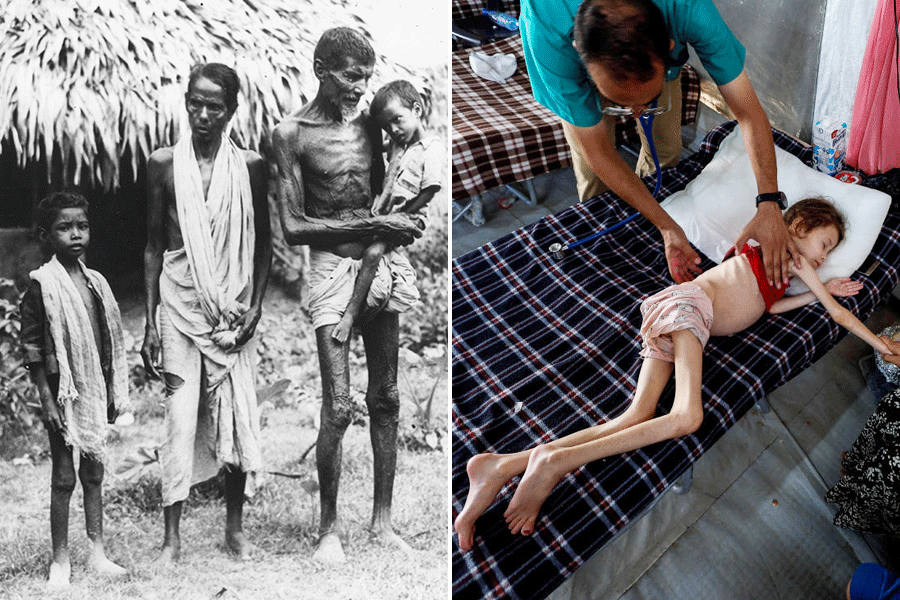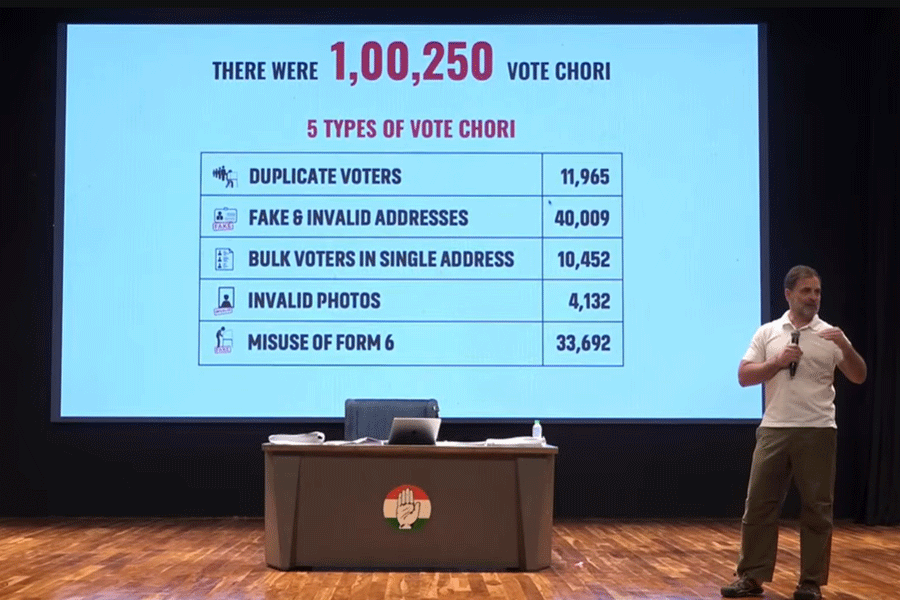 |
| Women in Rajasthan. Picture by Surendra Jain Paras |
Jaipur, March 22: When girls are born in western Rajasthan, their families break a mud pot, signifying sorrow and troubles.
Last Friday, the opposite happened. About 100 baby girls were taken to the Swasthya Bhavan in Barmer town for Dhundh, a village tradition that earlier celebrated the birth of boys only. They were given new dresses and sweets. All the girls had come with their mothers.
The Barmer administration in western Rajasthan, wants to improve the district’s skewed sex ratio and so decided to celebrate Dhundh for girls for the first time on March 18.
Traditionally, the festival is held before or during Holi in every village to rejoice over all the baby boys born in the past one year. That it can be held for girls at all already marks a change — earlier, many of them would not have survived so long.
They would have been throttled or poisoned to death with opium at birth, especially in Bhil Rajput families.
The practice has resulted in Barmer having a sex ratio of 896 females per 1,000 males according to the 2001 census. For Rajasthan as a whole, the ratio is 921 per 1,000. For children aged up to six years, it is 909 per 1,000.
Barmer public relations officer Shravan Kumar said people across the district had been invited to bring all the girls born over the past one year to the official event in Barmer town.
The officials hope that the families that cannot come will hold the Dhundh for baby girls in their own villages.
According to the rituals, typical of western Rajasthan, newborn boys are brought to the site of the holika, the Holi firewood that is lit the previous day. They are draped in new clothes and showered with gifts and jewellery, and the Gerias — a community of dancers — dance around the children.
District collector Gaurav Goyal said the administration’s objective is to establish a tradition where both newborn boys and girls would be part of Dhundh.
Yogesh, the secretary of Vikalp, an NGO working in 16 Barmer villages, said his organisation had been organising Dhundhs for girls for the past three years.
“Initially, we would urge the people of two or three villages to come together and celebrate the birth of girls. We would give them saplings and ask them to keep a watch over both the sapling and the baby girl. Attitudes have already changed, and villages like Maruri, Jasoi and Aati now do it on their own,” Yogesh said.
In western Rajasthan, particularly in the adjoining districts of Jaisalmer and Barmer, even if a girl was allowed to live, she was hardly ever sent to school or given milk. Her mother was socially ostracised. A boy’s mother, on the other hand, was showered with gifts and jewellery.
The state once had entire villages where no girls had grown up for decades. When Jayant Kanwar of Devda, a village on the Barmer-Jaisalmer border, got married in 1998, she became the first girl in her family to wed in 120 years.
But activists say a perceptible change is occurring. Yogesh said a survey last July found 850 girls in Barmer studying between Class VIII and Class XII, which was unthinkable a few years ago.
When Rama Devi of Jasoi in Barmer gave birth to a daughter a few months ago, the entire village came together to celebrate.











